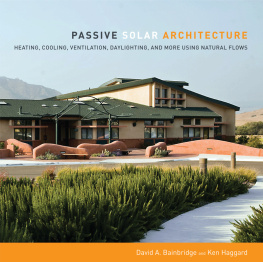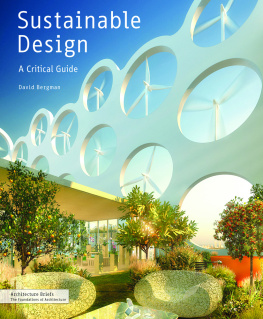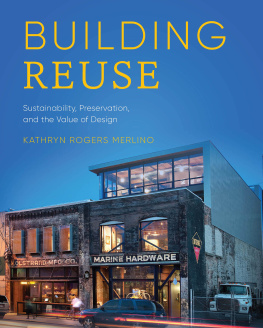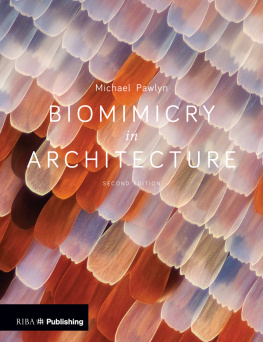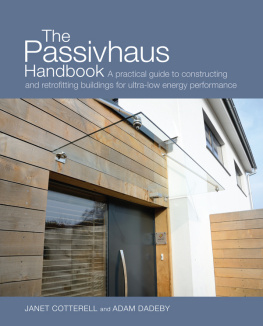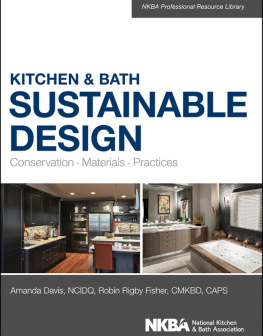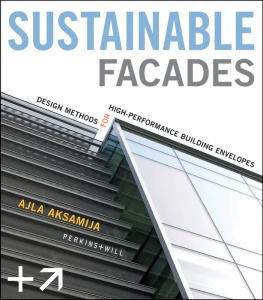The Whole Building Handbook
The Whole Building Handbook
How to Design Healthy, Efficient and Sustainable Buildings
Varis Bokalders and Maria Block
Earthscan works with RIBA Publishing, part of the Royal Institute of British Architects, to promote best practice and quality professional guidance on sustainable architecture

London Sterling, VA
First published by Earthscan in the UK and USA in 2010
Copyright Varis Bokalders and Maria Block, 2010
All rights reserved
ISBN: 978-1-84407-833-2 hardback
978-1-84407-523-2 paperback
Translated by Susanne Kredentser and Miles Goldstick
Typeset by Domex e-Data, India
Cover design by Rogue Four Design www.roguefour.co.uk
For a full list of publications please contact:
Earthscan
Dunstan House
14a St Cross St
London, EC1N 8XA, UK
Tel: +44 (0)20 7841 1930
Fax: +44 (0)20 7242 1474
Email:
Web: www.earthscan.co.uk
22883 Quicksilver Drive, Sterling, VA 20166-2012, USA
Earthscan publishes in association with the International Institute for Environment and Development
A catalogue record for this book is available from the British Library
Library of Congress Cataloging-in-Publication Data
Bokalders, Varis, 1944
[Byggekologi. English]
The whole building handbook : how to design healthy, efficient, and sustainable buildings / Varis Bokalders and Maria Block. -- 1st ed.
p. cm.
Originally published: Byggekologi. Stockholm : Svensk byggtjanst, 2004.
Includes bibliographical references and index.
ISBN 978-1-84407-833-2 (hardback) -- ISBN 978-1-84407-523-2 (pbk.) 1. Sustainable architecture. 2. Sustainable buildings--Design and construction. I. Block, Maria. II. Title.
NA2542.36.B6513 2009
720.47--dc22
2009002968
This book was printed in the United Kingdom by Butler, Tanner & Dennis, an ISO 14001accredited company. The paper used is certified by the Forest Stewardship Council (FSC), and the inks are vegetable based.
Contents

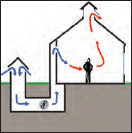
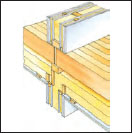
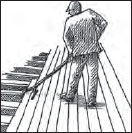
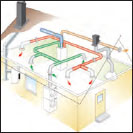

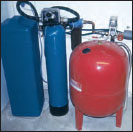

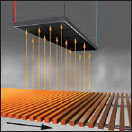
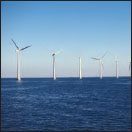
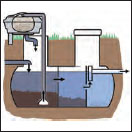

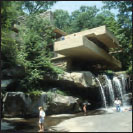

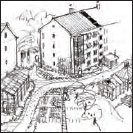

Introduction
There is overwhelming scientific evidence that environmental problems, including climate change, are a serious global threat, demanding an urgent global response. Many researchers and analysts warn that we have only a few decades in which to achieve sustainable development, to prevent catastrophic environmental changes. The design and methods of construction of our built environment our homes, workplaces and cities have an enormous impact on both the global environment and locally on the communities that inhabit them. Creating a sustainable built environment is therefore a crucial part of the transformation needed to achieve true sustainability.
Environmental Changes and Impacts
Human activities and the technologies we use can cause many problems. Our extensive use of fossil fuels and hazardous chemicals pollute the atmosphere, water and soil the essential commodities for our survival. Burning of fossil fuels discharges carbon oxides (COx), sulphur oxides (SOx) and nitrogen oxides (NOx), which affect the climate and the ozone layer, and contribute to acidification of soil and water. Many current human activities, including the burning of fossil fuels and massive deforestation, cause increased CO2 and other greenhouse gas levels in the atmosphere. This creates the enhanced greenhouse effect, heating up the average global temperature and causing climate change. Calculations show that a temperature increase of 1.66C is possible, which would lead to a 15100cm rise in ocean water levels. There will be a shift in climatic zones over a large part of the Earth. Extreme weather conditions such as storms, floods and drought will become more common. The social and economic impacts of climate change could be huge. In 2006, Sir Nicholas Stern, former Head of the British Government Economic Service and Adviser to the Government on the economics of climate change and development, wrote a report on the economics of climate change. He reported that stabilization of CO2 levels requires that annual emissions be brought down to at least 80 per cent below current levels. The cost of action was estimated to be limited to around 1 per cent of global GDP each year if adequate action were to be taken immediately. Since then, Stern has revised this up to 2 per cent of GDP because global warming is happening faster than previously predicted. If no action is taken, the cost could be between 5 and 20 per cent of GDP each year, now and forever. And it will be difficult or impossible to reverse the changes.
Population growth and our over-exploitation of resources also cause massive problems. It is currently believed that oil reserves will last for 30 years, natural gas reserves for 70 years and coal reserves for 250 to 300 years. Fresh water is scarce and unequally distributed, groundwater reserves are being used up, and water is being polluted so that it is undrinkable, meaning that water management will very soon be one of the worlds greatest problems. Arable land is a limited resource: fertile topsoil is being lost because of erosion and agricultural land is being destroyed by salinization, water logging and the building of cities on arable land. The seas and oceans are heavily over-fished; without a decrease of current fishing, many fish stocks will disappear. Considerable deforestation is taking place in many parts of the world, especially in the tropical rainforests. Biological and genetic depletion is increasing both on land and in the water. Cheap fossil fuels have made possible a growth in population that is without historical precedent. According to predictions, the global population will increase from 6.7 billion in 2007 to 9 billion in 2050. How large a population can our Earth support?



